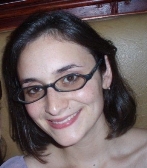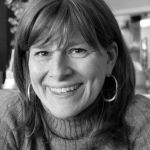
Sarah Lawson
8 Tips to Survive a Cultural Planning Process
Posted by Apr 18, 2013

Sarah Lawson
You’ve probably never visited an art gallery or a classical music concert in Charlottesville, VA.
Though the area is known for its views of the Blue Ridge Mountains, historical landmarks, and local food culture, many people don’t consider it an arts destination. At Piedmont Council for the Arts (PCA), we see this every day.
Residents might know everything that’s happening in one area of arts interest, but nothing broader. Visitors tour Monticello or the University of Virginia, but rarely stay the extra day to explore our museums or see a play performed by one of our many community theater groups.
Very few people ever see the full breadth of the Charlottesville area arts community.
However, data from Americans for the Arts’ Arts & Economic Prosperity IV study in the Greater Charlottesville area showed that our arts and culture industry generates $114.4 million in annual economic activity, supporting 1,921 full-time equivalent jobs and generating $9.2 million in government revenue.
As the Charlottesville community continues to grow this arts and culture sector, we see a greater need to address this issue of coordinated cultural tourism.
Read More




 Emily Peck
Emily Peck





 Susan Soroko
Susan Soroko

















